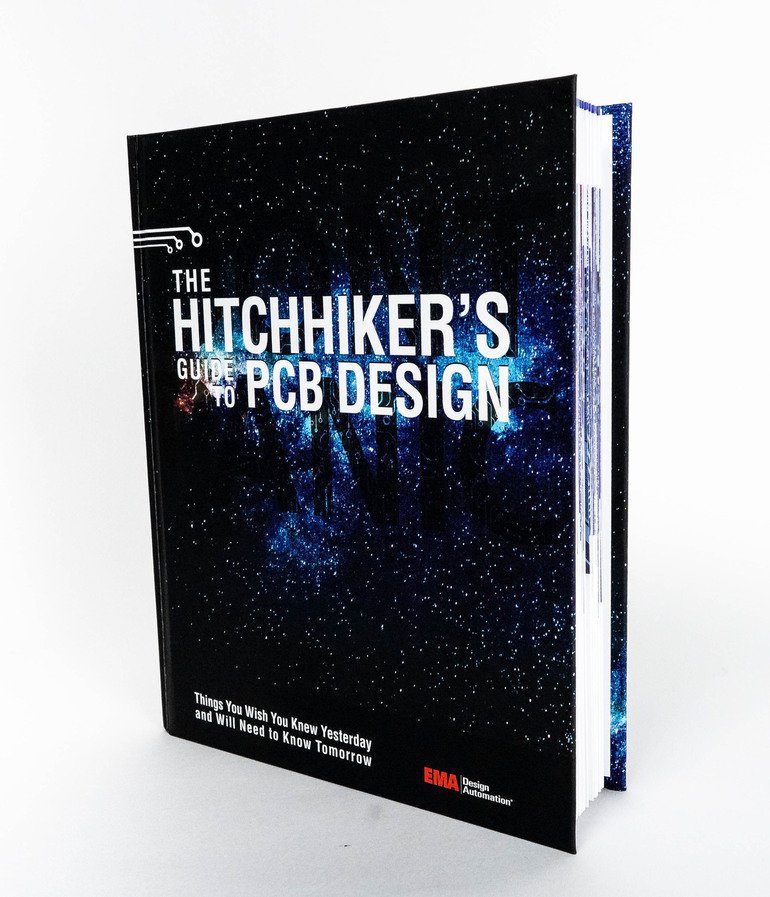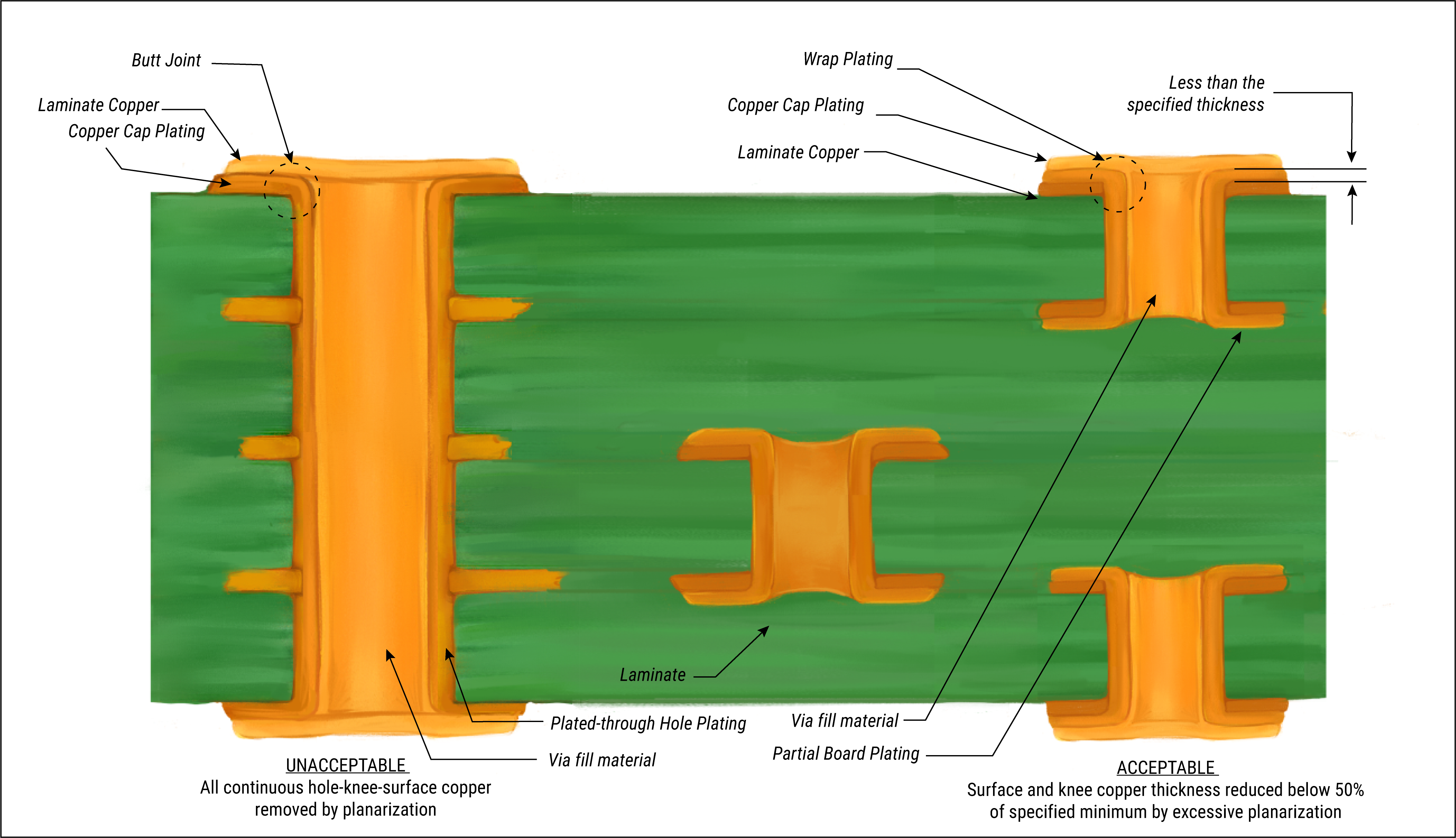Table Of Content

Moreover, there are constraints and guidelines that must be followed to ensure your design can actually be manufactured. Many of the important performance characteristics of a PCB are defined in the stack-up or the arrangement of layers in the PCB. The layer stack-up is built with alternating layers of conductive and insulating material, and with alternating layers of core and prepreg (two types of dielectrics used in the layer stack-up). For example, military and medical applications need highly reliable designs that might be deployed in harsh environments, and a PCB for a telecom system might require a low-loss PTFE laminate in a small package.
Step 6: Place Components
This includes Gerber files, pick-and-place files, assembly drawings, and much more. Altium makes panelization easy, including the ability to evaluate 3-D views to determine the best panel arrangement. It’s easy enough to create schematic symbols and PCB footprints with Altium Designer, but everyone needs resources to stay inspired and overcome design challenges. Circuit board parts have been traditionally difficult to find, and many designers have spent hours creating these parts manually.
Working with Power Supply Design Tools
Have you ever thought about getting into PCB design, taking a PCB design course, or how to become a PCB designer? Or maybe you’re an electronics technician or you are doing some kind of CAD drafting. Maybe you’re not even in the electronics industry, but the idea of mastering printed circuit boards sounds really good to you. If you've wanted to make a career change to becoming a PCB design, or you want to expand your engineering skill set, here's what you can expect.
Upverter – Best PCB Design Software for Students and Education
Fresh PCB Concepts: Sustainability in PCB Design - I-Connect007
Fresh PCB Concepts: Sustainability in PCB Design.
Posted: Fri, 05 Apr 2024 12:32:53 GMT [source]
Then you have PADS Professional, a self-contained and integrated schematic PCB design software. This version is compatible with Xpedition technology and is designed to support the entire design and verification pipelines for PCB and hardware engineers, while also providing additional collaborative features. One of the great things about PADS is that it offers several different solutions to suit teams with different budgets and experience levels. For starters there’s PADS Standard, which starts at $5,000 (including support) and provides the core schematic and PCB layout tools in an intuitive environment.

3D Printing Industry Statistics (2024 Update)
It's impossible to manually connect all of these components together with soldered wires, so the copper connections are deposited directly on insulating substrates as described in the above manufacturing process. Many of today's devices are advanced high density interconnect (HDI) designs with thousands of connections and multiple electrical interfaces, powering everything from smartphones to heart rate monitors to rockets. Printed circuits became popular in the 1950s and was originally something of a trade skill. PCB designers originally taped out board designs on plywood sheets and bakelite on a drafting board at four or even ten times the actual size using tape, knives, stickers, and a steady hand.
It is a board that has lines and pads that connect various points together. In the picture above, there are traces that electrically connect the various connectors and components to each other. Solder is the metal that makes the electrical connections between the surface of the PCB and the electronic components. Part one establishes a strong foundation, exploring the design workflow – from schematic capture to layout and crucial design rule checks. We'll examine PCB components and layers, then examine signal integrity and thermal management – essential for crafting high-performance PCBs.
You can comfortably violate this design rule and set your limit lower as most fabricators will require minimum spacing of approximately 5 mils. Make sure to check clearances on your fabricator’s capabilities sheet before you start messing with design rules. This means that every PCB designer should take time to learn the basics of PCB manufacturing so that they can ensure their designs are fully manufacturable. This relates to an important set of practices that should be built into your design process, known as design for manufacturing (DFM).
Simulation-Driven Design in Your Schematic
We always set realistic deadlines when preparing the spec and stick to the schedule at all project stages. Then, we create a technical specification and set a budget and deadlines. With more and more electronics such as IoT becoming prominent in everyday life, the future of electronic design is very bright.
Stay Productive with Unified PCB Design Software
This recycling process achieves 98% polymer recovery, 100% fibre recovery and 91% solvent recovery to create new vPCBs without performance degradation. Overall, this work paves the way for sustainability transitions in the electronics industry. Once you’ve placed your components and any other mechanical elements, you’re ready to route your traces in this PCB design step. As you route your board, try to come up with a strategy to finish your important routes first, then fill in the gaps with the remaining connections as needed. Some of the important routes will include your power nets, any impedance-controlled nets, and any noise-sensitive nets like low-level analog signals. Be sure to utilize good routing guidelines and take advantage of Altium Designer tools to simplify the process, such as highlighting nets and interactive routing features.

If you’re new to PCB design or you’re new to Altium Designer, the intuitive interface allows you to start designing schematics from the moment the program starts. Capturing your schematic in your layout is simple, allowing you to start routing connections between components and finish building your new device. All along, the rules-driven design engine, PCB design tutorial, and online resources will help you stay on track.
Termination involves placing a resistive load at the end of a signal path to absorb any reflected energy and prevent it from propagating back toward the source. Create your manufacturing deliverables within your PCB design process methodology. Schematic organization helps you create the right PCB design process methodology. At the assembly facility, the board is loaded with the components it needs and runs through different soldering processes, depending on the type of components being used. Then the board is inspected and tested and the final product is ready to be shipped.
As soon as you transfer your schematic data into a new PCB layout, you’ll have to place components around the board. At this point in the design, your goal is to place components to ensure that the design is solvable, meaning it can be routed easily. Therefore, it’s best to avoid doing any routing until after the components are placed and placement is approved. If you route before all the components are placed, it’s inevitable that you’ll have to change the routing. Before routing anything, try to get the layout to the point where all net crossings are minimized. This footprint has pad-to-pad spacing of about 9 mils, but it triggers a design rule error (seen in green) once the component is transferred to the PCB layout.
To place the components, position the cursor over the middle of the component and click-and-hold the left mouse button. The cursor will change to a cross hair and jump to the reference point for the part. While continuing to hold down the mouse button, move the mouse to drag the component.
If your circuit board design is complicated you may need to modify at least some of the via locations during trace routing. Altium Designer provides a great deal of flexibility and allows you to quickly place components on your circuit board. You can have your components automatically arranged or you can place them manually. You can also use these options together, which allows you to take advantage of the speed of auto-placement and ensure your board is laid out according to good component placement guidelines. An added advanced feature of this latest version of Altium Designer is the ability to arrange components as groups. You can define these groups in the PCB layout, or you can define groups on the schematic using Cross Select Mode, which is accessible from the Tools menu.
During the post-warranty period, we can also provide advice on possible modernization and modification of your product. After the tests, we finalize the documentation necessary for mass manufacturing, including the bill of materials, Gerber files, etc. The team tests the work of the board under corresponding operating conditions and runs some tests required for product certification. We get acquainted with the concept of the future device and sign a non-disclosure agreement. The team gathers project requirements, studies relevant documents, and analyzes rival products on the market.
No comments:
Post a Comment